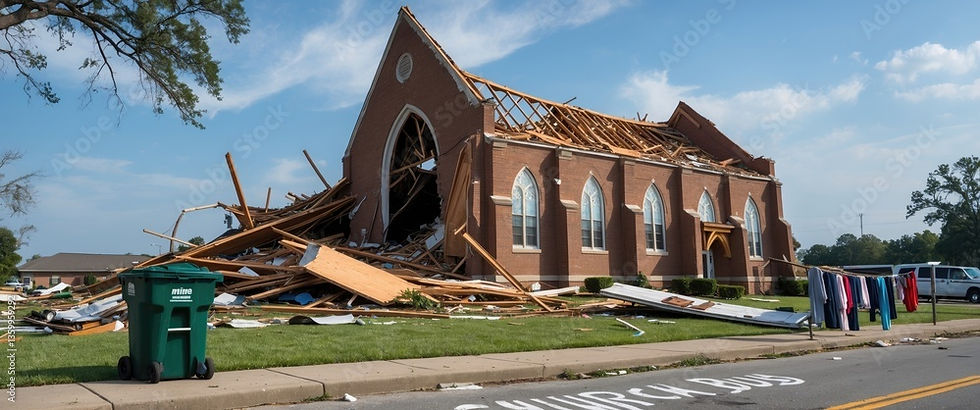Eleventh Circuit Relies on Quirky Interpretation to Bounce Claim for Coverage Under Commercial General Liability Policy by Trampoline Installing Landscaper
- Inge Johnstone
- Jun 5, 2024
- 3 min read

In Snell v. United Specialty Insurance Company, the Eleventh Circuit Court of Appeals held that a commercial general liability insurer did not have a duty to defend or indemnify a landscaper in connection with a lawsuit claiming that the landscaper, Snell, had “wantonly assembled, constructed and installed [a] trampoline.” The facts as developed in the case showed that Snell had agreed to install an in-ground trampoline in addition to other landscaping work (trampoline pictured below) and had placed a decorative wooden cover over the concrete walls of the pit in which the trampoline sat.
Looking first at the duty to defend, the Court noted that the operations covered by the policy had been limited by an endorsement to the policy to “landscaping” and observed that the allegations of the complaint did not allege anything arising out of landscaping work. The court then looked to see whether the underlying facts showed an occurrence arising out of landscaping work. Under Alabama law, extraneous facts can be used by a Court to support a duty to defend. The court acknowledged that this was a closer question given that the insured’s work appeared to contain aesthetic elements that appear as if they certainly could relate to landscaping.
However, the Eleventh Circuit then found that Alabama law required that an insurance application be considered part of the policy, relying on the following quote from Atlanta Casualty Co. v. Russell, 798 So.2d 664 (2001):
Section 27–14–17, Ala.Code 1975, states, “Every insurance contract shall be construed according to the entirety of its terms and conditions as set forth in the policy and as amplified, extended or modified by any rider, endorsement or application which is a part of the policy.” Thus, the insurance application is to be construed as a part of the policy itself.
This finding is controversial. The above quote is the only reference supporting this particular assertion in Alabama law and it comes without any discussion and was not even essential to the Alabama Supreme Court’s opinion in Russell. The language of the statute the court is quoting actually means that an insurance policy is to be interpreted in light of any application “which is part of the policy.” It does not say that an application is automatically part of a policy. In practice, applications usually are made part of life and disability policies but rarely, if ever, property and casualty policies. When they are included in policies, they are attached and expressly incorporated. The Eleventh Circuit’s main opinion and the concurring opinion indicate that this panel of the Eleventh Circuit disagrees with the interpretation of Section 27-14-17 found in Russell.
Relying on this somewhat controversial “rule,” the Eleventh Circuit then observed that in his application, Snell had answered “no” to the question of whether his work included “any recreational or playground equipment construction or erection.” The court then read this language to mean that the policy was not intended to apply to the installation of a trampoline and that the insurance company had no duty to defend.
Based on this analysis, the court also held that the insurance company did not have a duty to indemnify Snell and was not liable for bad faith. The court also reversed a line of federal court cases from within the Eleventh Circuit and held that a duty to indemnify may be decided before final judgment in the underlying case.
There is also an interesting concurrence by Judge Newsom discussing his application of ChatGPT to the analysis of the policy language.
Based on the above, did the court get it right? I don’t think so, but the end result may have been the same. Here is why: The application should not have been interpreted as if it were part of the policy. Alabama Code Section 27-14-17 as explained above does not require this result. However, the insurer could have brought a claim for rescission of the policy based on the misrepresentation in the application. Under Alabama law, an insurer may seek rescission of the policy if the insured made a material misrepresentation. The question would then be whether the representation was material to the insurance company’s decision to issue the policy at the premium amount charged. Materiality is often a jury question, but a jury or court could have found that the misrepresentation was material anyway and the claim would not have been paid. Of course, if the policy had been rescinded at least Snell would have gotten his money back!




